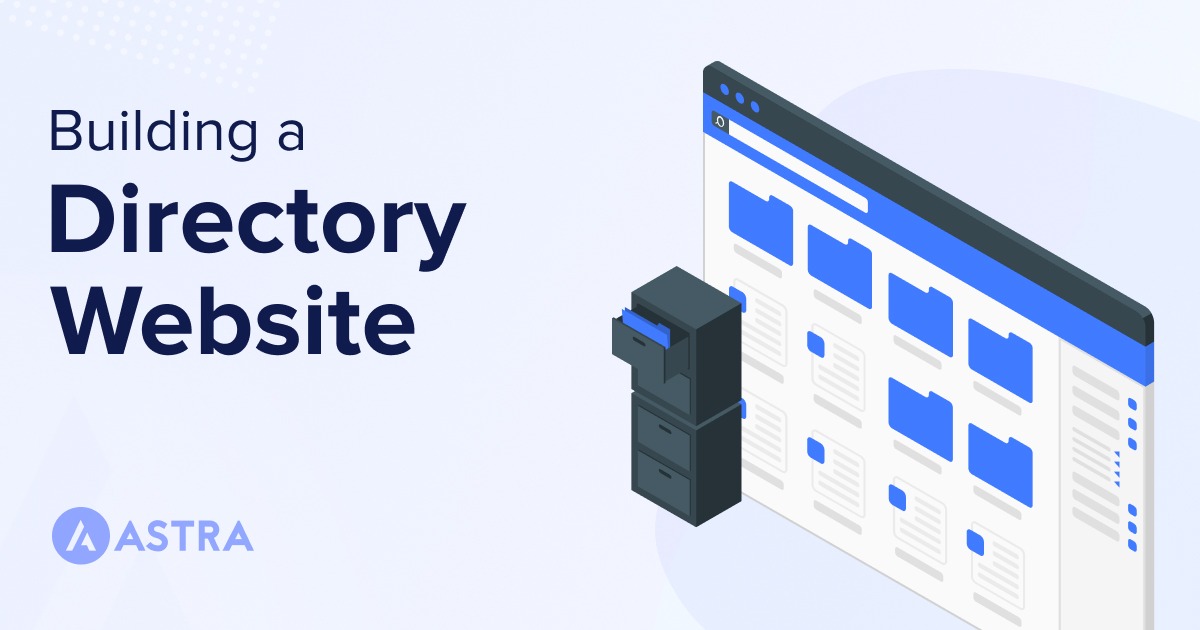The Significance of UX in Web Portals
The Significance of UX in Web Portals
Blog Article

In the current online landscape, the aesthetic and functionality of web portals play a crucial role in ensuring customer contentment and engagement. A thoughtfully constructed internet portal serves as a portal entrance, guiding users to valuable resources and information with ease. This is particularly true in web lists, where the arrangement and presentation of content are vital for a flawless user experience. With the immense volume of information available on the web, users need an user-friendly platform that allows them to find what they are searching for without unnecessary frustration.
Wonnox's Culinary Industry Directory
User experience is at the core of efficient web portals, affecting everything from navigation to access. When users visit a internet directory, they expect a logical structure and obvious pathways to their targeted content. The integration of user-friendly design principles can make all the impact, fostering a sense of trust and satisfaction as individuals navigate the vast array of resources available. In this article, we will explore the importance of user experience in internet portals, emphasizing how it enhances the usability and attractiveness of web directories in today’s rapidly changing digital environment.
Grasping User Experience
User experience, often abbreviated as UX, refers to the complete experience a user has while navigating a web portal or directory. It encompasses various elements like the design, usability, accessibility, and overall satisfaction derived from using the site. A positive user experience is essential because it affects how users perceive the portal and if they will return in the future. With countless options available online, a seamless and captivating UX can distinguish a portal apart from its competitors.
In the context of web directories and portals, user experience places significant emphasis on how smoothly users can browsing and find the information they need. This indicates that a well-structured layout, intuitive navigation menus, and clear calls to action are important. Users should be able to easily browse categories, search for specific content, and find new information without experiencing annoyed by a difficult interface. Effective UX design produces greater user retention and happier visitors.
Moreover, the emotional dimension of user experience is significant to consider. Though functionality is vital, the experience users have while using a web portal plays a significant role in their overall experience. Elements like visual aesthetics, responsiveness, and personalized content help create forming a connection with users. When a web directory or portal relates to its audience on an emotional level, it fosters loyalty and inspires lasting engagement, thereby boosting the portal's effectiveness in serving its purpose.
Key Features of Effective Web Portals
An effective web portal must emphasize user-oriented design, making certain that navigation is intuitive and seamless. Users must be able to discover information rapidly without superfluous clicks or confusion. A transparent layout combined with consistent categorization boosts accessibility, permitting users to interact with the content without difficulty. Intuitive navigation can significantly reduce discontent and increase user satisfaction, making visitors more prone to return.
Another critical feature of successful web portals is customized content delivery. By leveraging user preferences and behavior analytics, portals can provide customized experiences that appeal to specific users. This customization can include bespoke recommendations, alerts, and content that matches users' interests. By ensuring users feel understood and acknowledged, web portals can foster a dedicated user base, driving participation and interaction.
Lastly, integration with other tools and services is crucial for creating a holistic user experience. High-quality web portals often act as a main hub, bringing together various resources such as external applications, social media feeds, and collaborative tools. This connectivity allows users to perform multiple tasks while not leave the portal, improving their overall experience and productivity. With seamless integration, web portals can turn into indispensable tools for users, satisfying a wide range of their needs in one place.
Effect of User Interaction on Engagement
User experience plays a fundamental role in shaping how individuals interact with online platforms and directories. A well-designed user interface not only makes information more available but also motivates users to explore further the resources. When users find what they need easily and logically, their happiness increases, leading to higher levels of engagement. This is especially crucial in online listings, where users often seek targeted information or resources and prefer a hassle-free navigation experience.
In addition, an immersive user experience fosters trust and loyalty among users. When users feel at ease navigating the portal, they are more likely to return and suggest it to peers. A rewarding experience can change a occasional visitor into a loyal user, amplifying the directory's reach and reputation. Conversely, a confusing user experience can discourage users off, negatively impacting interaction and scaling opportunities.
Also, user experience directly affects how material is understood and rated. Clear layout, responsive design, and intuitive search functionalities enhance the overall perception of the data provided. As users interact with a portal that focuses on their experience, they are more apt to explore further and make use of resources, leading to stronger connections with the content. Ultimately, a strong focus on user experience not only increases engagement but also adds value to the worth of the directory or directory.
Report this page